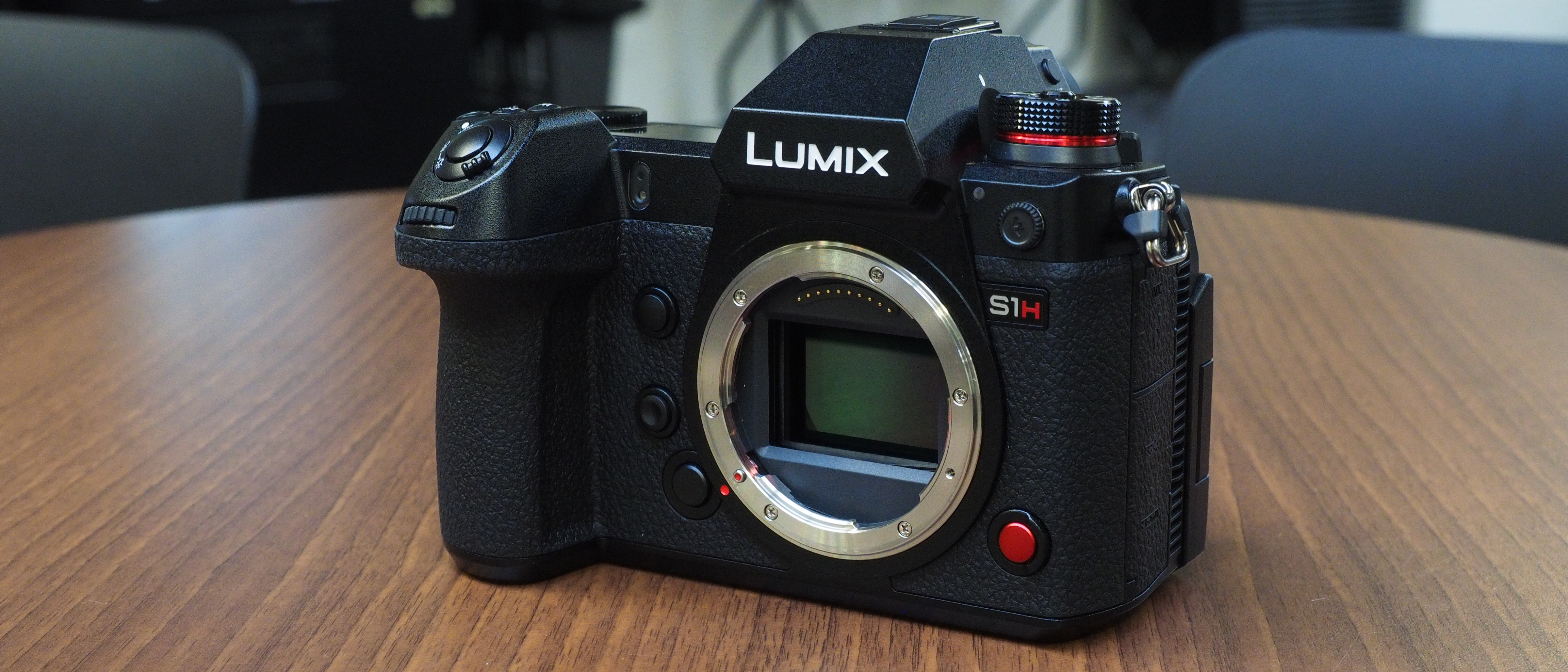Digital Camera World Verdict
With the Lumix S1H, Panasonic has used its considerable video experience to bring many of its high-end VariCam features to the Lumix S range. The controls, the interface and certainly the hardware have been built for video and cinematography, and the fact it’s also a very serviceable 24MP stills camera is a bonus. It’s a very interesting ‘bridge’ between conventional system cameras and higher end cine gear, especially for existing Panasonic videographers. But while it has the power for professional video productions, its size, weight and patchy video AF are bad news for vloggers.
Pros
- +
6K video capture
- +
Effective as a stills camera too
- +
V-Log, LUTs and cinema features
Cons
- -
No raw video capture
- -
Big and heavy
- -
Unreliable video AF
Why you can trust Digital Camera World
The Panasonic Lumix S1H could easily look like a ‘video’ version of its 24-megapixel Lumix S1 mirrorless camera, and in the past it has been pretty difficult sometimes to unravel the different video credentials of Panasonic’s Lumix G cameras. This time, though, the difference is clear – the Lumix S1 is a stills camera that’s pretty good at video; the S1H is most definitely a video camera that also happens to be pretty useful for stills.
• Read more: Best L-mount lenses
It’s not just us saying that. The Lumix S1H is the first mirrorless camera to get Netflix ‘A’ approval as a primary camera for filming original Netflix productions, and the cheapest too, mixing with far more expensive rivals like the Arri Alexa 65, Red One and Sony Venice.
Its video specifications are impressive enough, but with plenty of rivals snapping at its heels, it also relies on other key cinematography features to make its mark – many of them alien to stills photographers, but essential to professional film makers.
The Panasonic Lumix S1H is perhaps a little too big, heavy and specialised to figure highly amongst the best mirrorless cameras all round, but it looks a strong candidate for our list of the best 4K cameras for filmmakers, and perhaps even best cinema cameras. It does now face competition from another Lumix S camera now, of course – the much cheaper Panasonic Lumix S5.
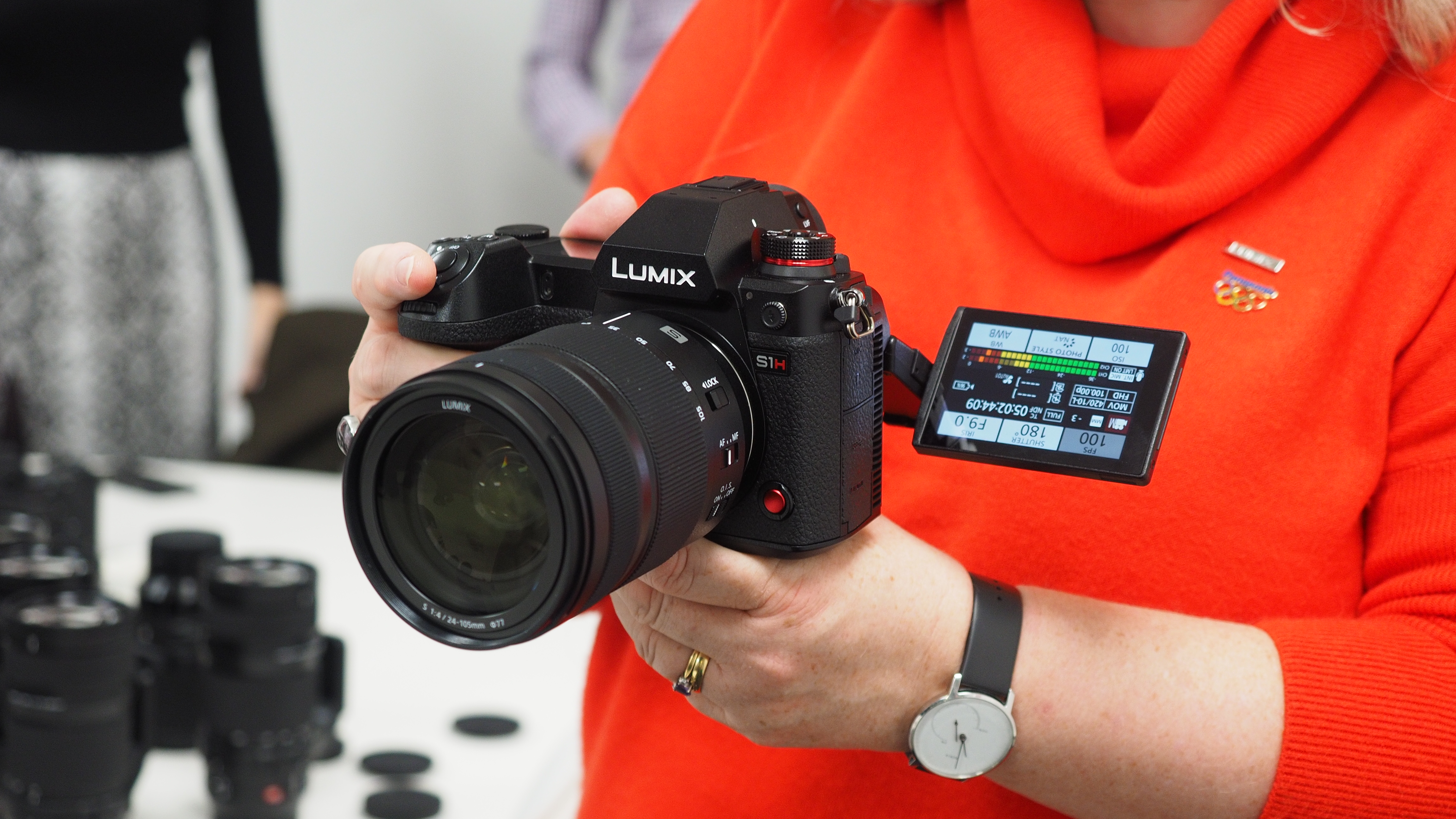
Specifications
Sensor: 24.2MP full frame CMOS
Image processor: Venus
Autofocus: 225-area DFD contrast AF
ISO range: Dual Native ISO, 100-51,200 (50-102,400 exp.)
Max image size: 6,000 x 4,000
Metering modes: 1,728-zone, multi, center weighted, spot, highlight,
Video: 6K (5.9K) 3:2 24p, 5.9K 16:9 up to 30p, C4K/4K UHD up to 60p, unlimited recording time
Viewfinder: OLED EVF, 5.76m dots, 100% coverage, 0.78x magnification
Memory card: 2x SD/SDHC/SDXC (UHS II)
Max burst: 9fps AFS/MF mode, 5-6fps AFC/Live View
Connectivity: Wi-Fi, Bluetooth
Size: 151.0 x 114.2 x 110.4mm
Weight: 1,164g (including battery and memory card)
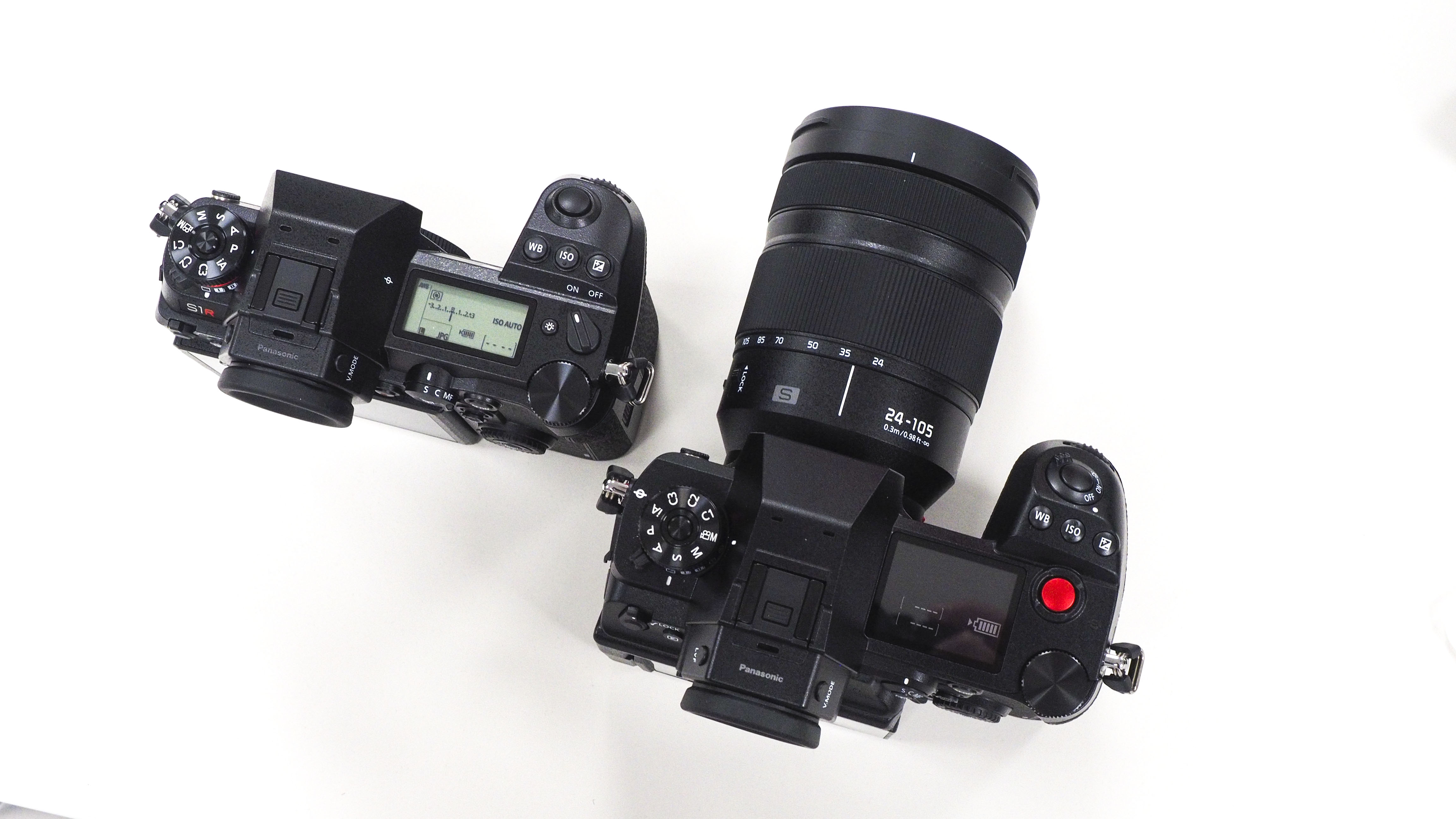
Key features
Panasonic aims to deliver cinema quality video with the Lumix S1H, and it has the features to back that up.
The headline spec is its ability to capture 6K video (yes, 6K), either in a 3:2 ratio at 24p and 10-bit 4:2:0 quality, or 5.9K in a conventional 1:9 ratio at 30p/25p/24p. At this level, though, processing power is the limiting factory, so with 6K or 5.9K capture you’re restricted to the cropped Super 35mm format.
The bit-depth is important. 8-bit capture is OK for video footage that’s not going to be heavily edited or ‘graded’ later, but if you’re going to apply heavy adjustments and especially if you’re going to use V-Log modes, you really need the extra bit-depth of 10-bit capture to avoid banding, clipping and other artefacts.
The intention with the 6K capture is not necessarily to produce 6K movies, but to offer extra cropping wiggle-room during editing for 4K output.
The S1H does offer full frame (uncropped) capture for 4K, with 4:2:2 10-bit internal recording and speeds up to 60p. You can use 60fps capture and playback for fast action, or 30fps playback for a 2x slow motion effect.
The 4:2:2 figure refers to the way colors are compressed. 4:2:0 compression is the standard method for internal recording with most cameras, but 4:2:2 is less compressed and offers better quality – it’s also relatively uncommon for internal recording.
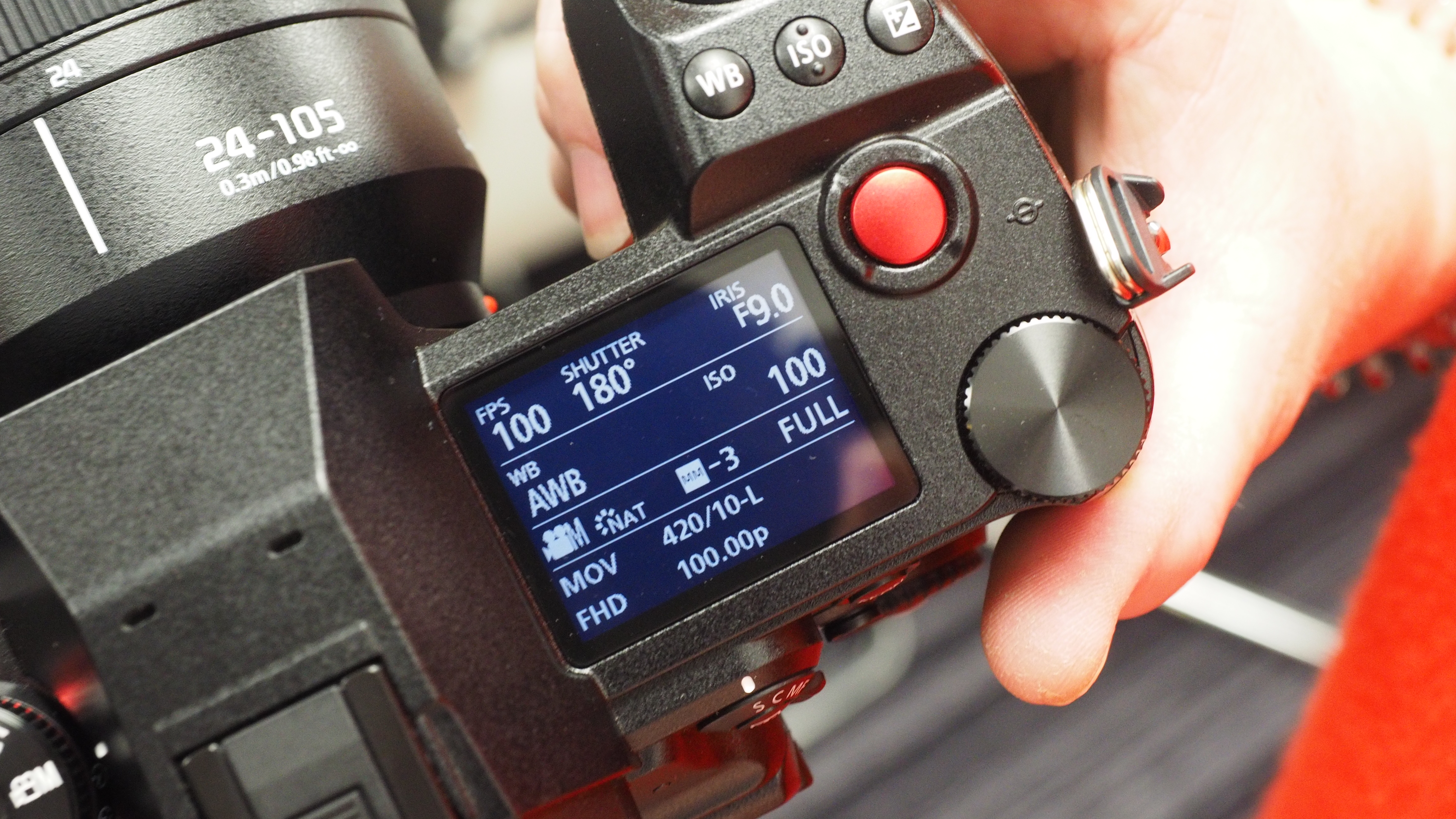
Processing all this video data needs powerful processing hardware, which also throws out a lot of heat. Many video cameras have continuous filming time limits, either to avoid extra taxes on ‘video’ cameras or just because they get too hot.
The S1H has no such limitation. You can film for as long as you like, and heat is dissipated by a silent internal fan – the first use of a fan in a mirrorless camera, though they are found on broadcast and cinema cameras. This is one reason why the S1H is a lot thicker than the regular S1.
Other features include built in V-Log/V-Gamut modes with 14 stops of dynamic range. It’s pretty hard to judge footage shot with V-Log mode in-camera as it looks flat and unsaturated, but you can download and install Panasonic’s VariCam LUT library to preview the final footage via the camera’s LUT View Assist mode.
Finally, the Lumix S1H offers Dual Native ISO, where it switches between two noise control circuits depending on the ISO setting. It has a base ISO 640 Low ISO circuit for the lower end of the ISO range, and a base ISO 4000 High ISO/low noise circuit for better image quality at high ISO settings.
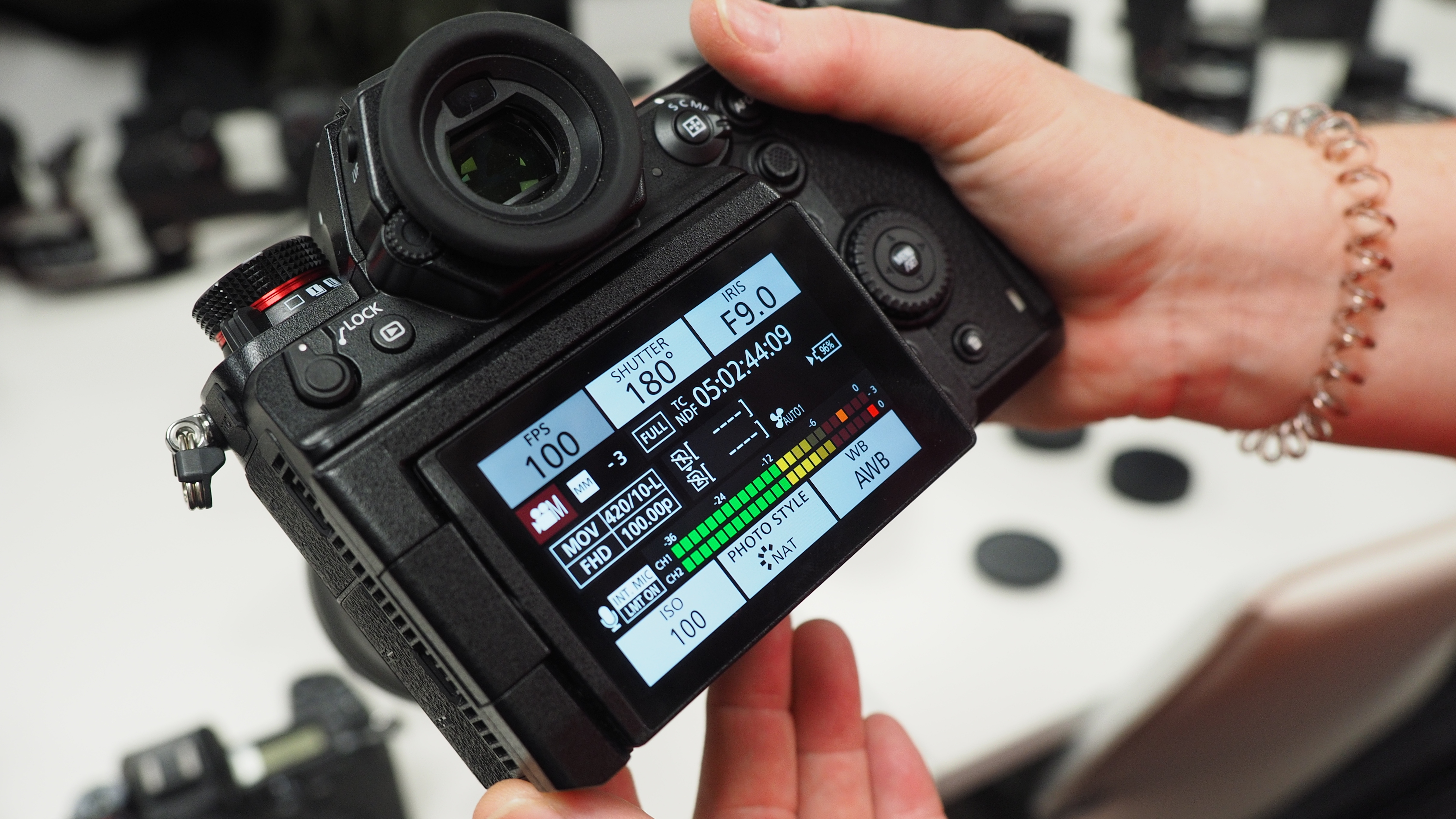
Build and handling
The difference in size between the Lumix S1H and the regular S1 is immediately obvious. The S1H has a much thicker body, which leaves room on the top plate for a larger status panel. This has changed from the regular black-on-green LCD display of the S1 and S1R to a white-on-black (or blue, with the backlight activated) display with larger characters.
Round the back, there’s a robust-feeling vari-angle display rather than a tilting screen, which can flip out sideways and forwards. This has an unusual feature – it’s mounted on a ‘tray’ which can be pulled out from the back of the camera so that the screen clears the cable sockets on the side of the camera. This is a neat feature that could prove essential when the S1H is mounted on a rig and wired up to external recorders, monitors and mics.
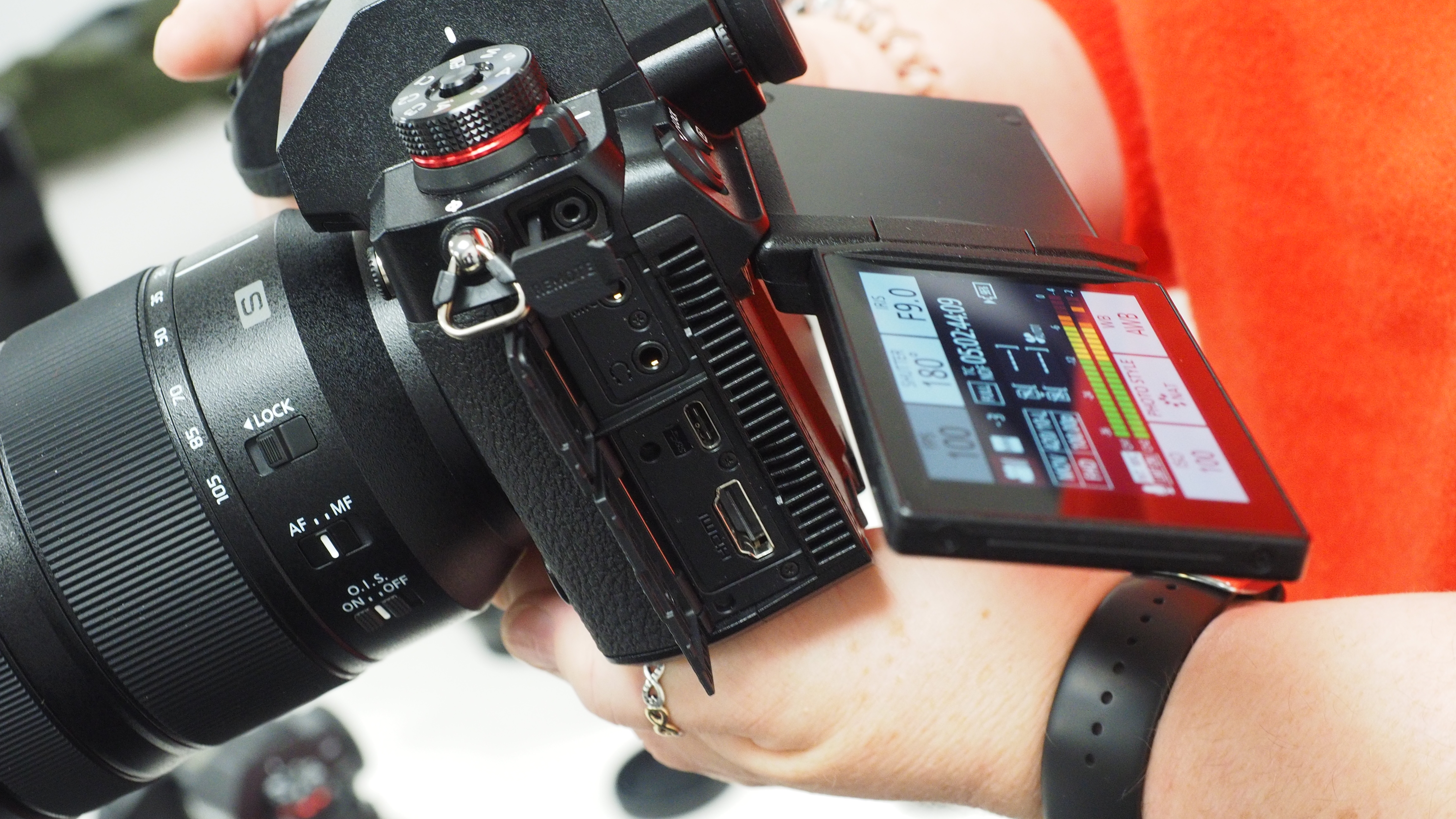
The air vents for the cooling system are at the side, between the screen and the camera body. Apart from making sure they’re not covered, you can forget about these as you don’t really notice them when you’re filming and shooting.
Perhaps the biggest different from the regular S1 and S1R, however, is the video interface. This is designed for videographers not stills photographers, so shutter speeds are swapped for ‘shutter angles’ and there’s an ‘iris’ setting not an aperture setting.
Compared to its rivals in the mirrorless camera market, the S1H feels big, heavy and a perhaps a little unwieldy at around 1.6kb – but this is no run-and-gun vlogging camera – it’s going to be used in a rig or on a tripod and is designed for a kind of filming where the cameras are normally much larger and heaver than this.
Perhaps it’s worth it. Design-wise there are some nice flourishes for vloggers as well as filmmakers. For example, there’s a big red record button on the front as well as tally lights on both sides to let both the operator and the presenter know that the S1H is recording. That’s a great idea, but the most obvious is the bigger 1.8-inch status display on its shoulder, which is twice the size of its sister cameras and holds a lot more information. It’s also got a slightly bigger grip than the S1 and S1R.
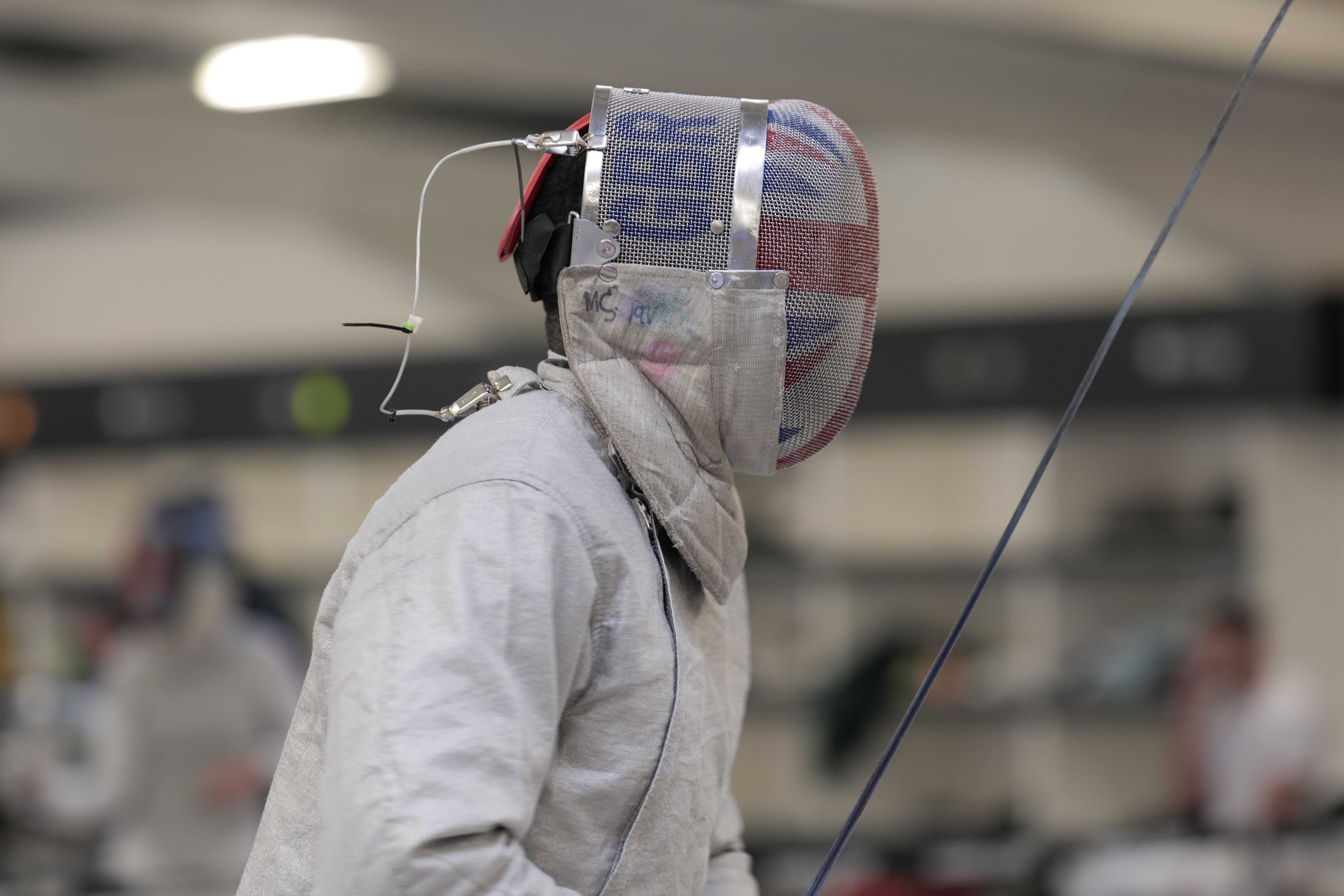
Performance
For stills photography, the Lumix S1H feels and behaves very much like the regular Lumix S1, though with a bit more weight and bulk. Panasonic has stuck with its contrast-based DFD AF system, but while this works well enough in single shot mode, it's less convincing in C-AF mode, especially in lower light levels.
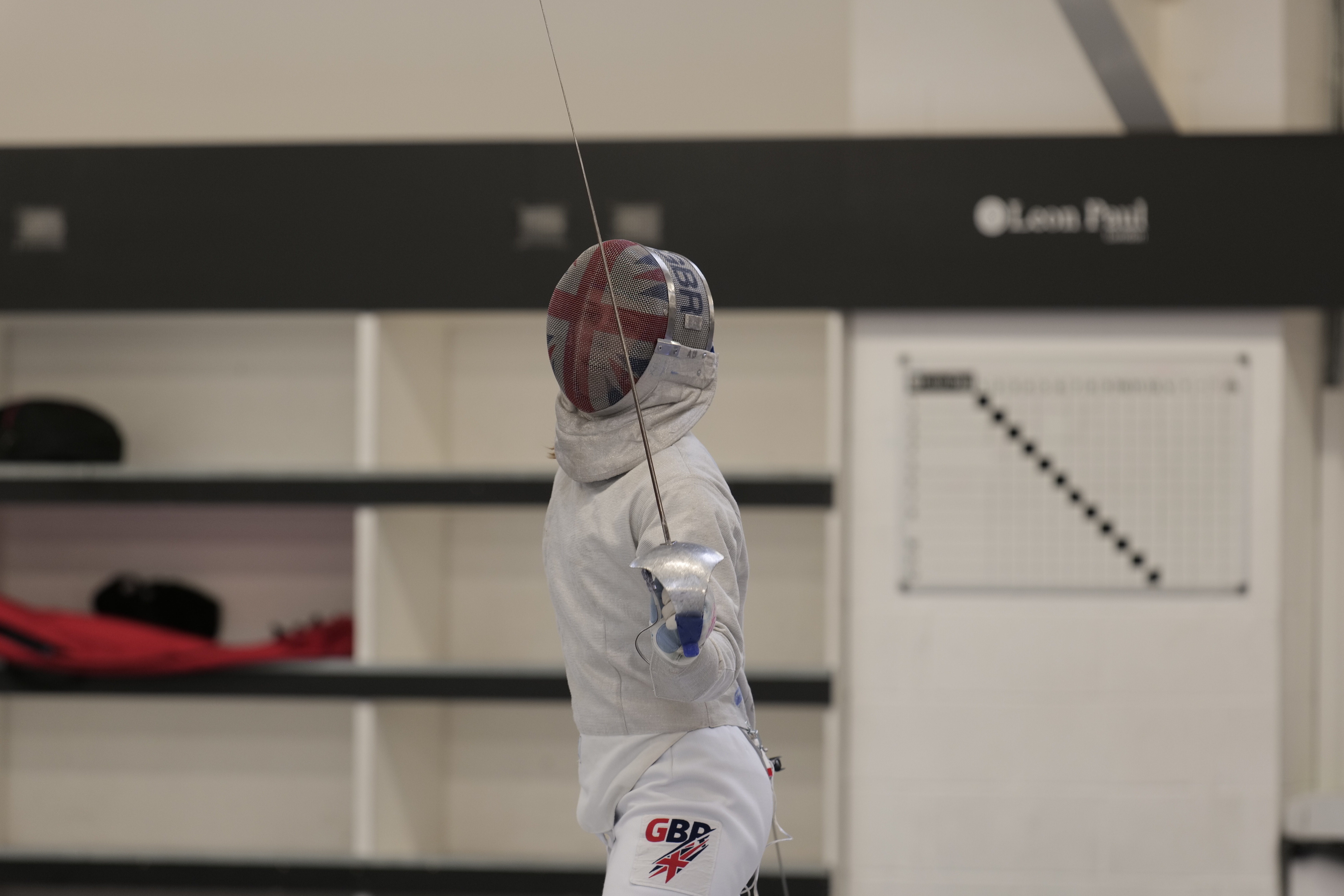
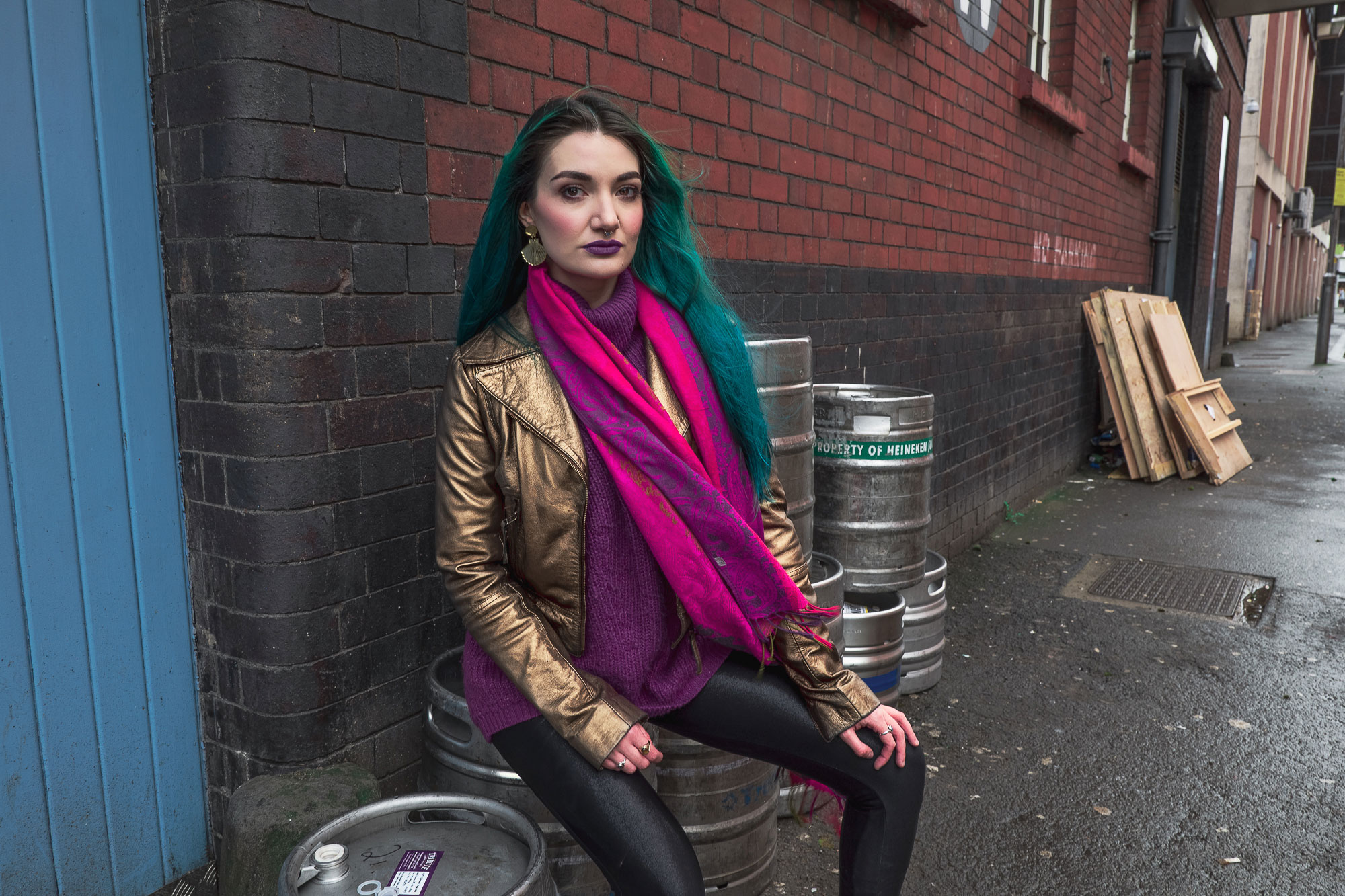
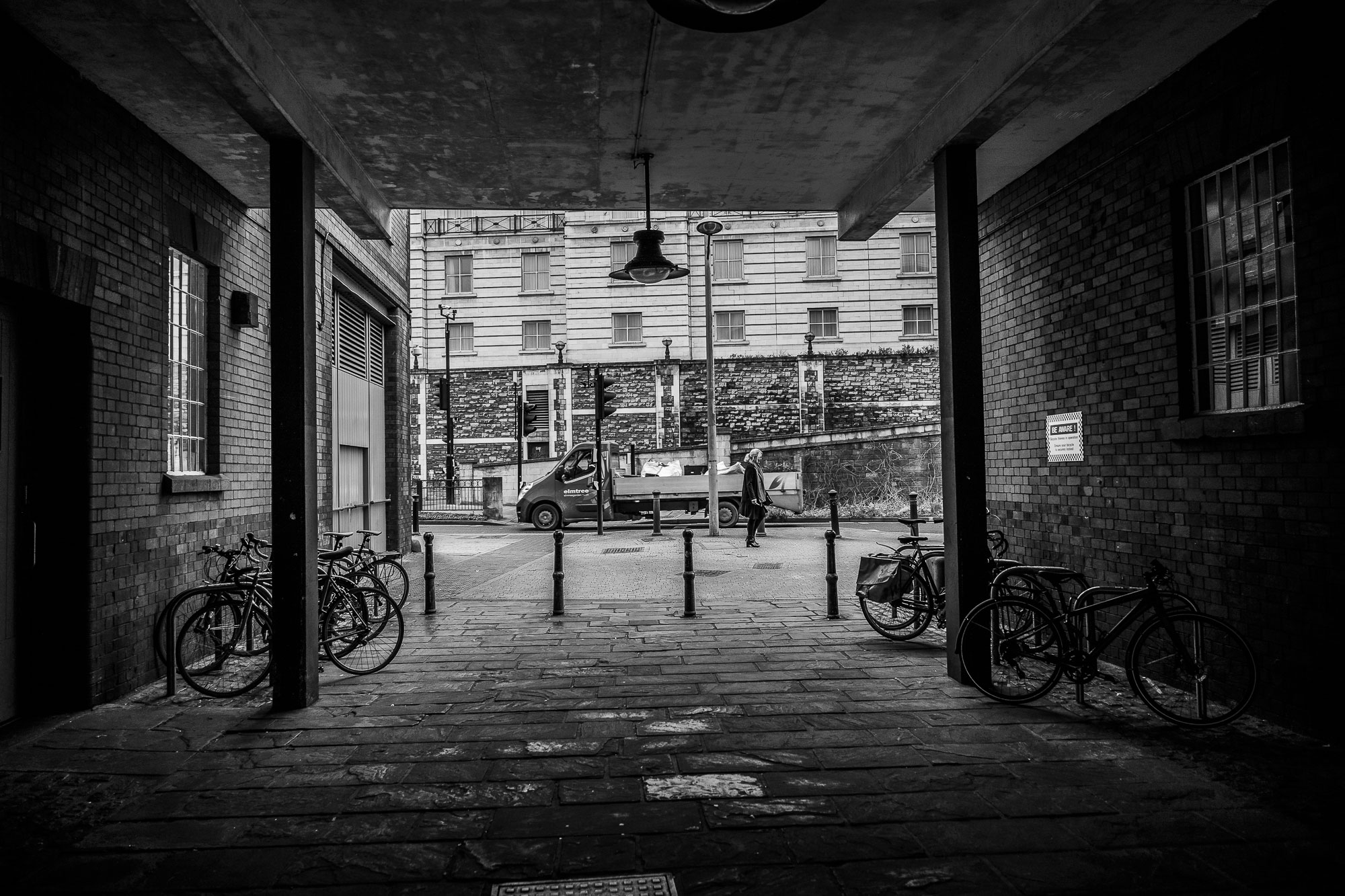
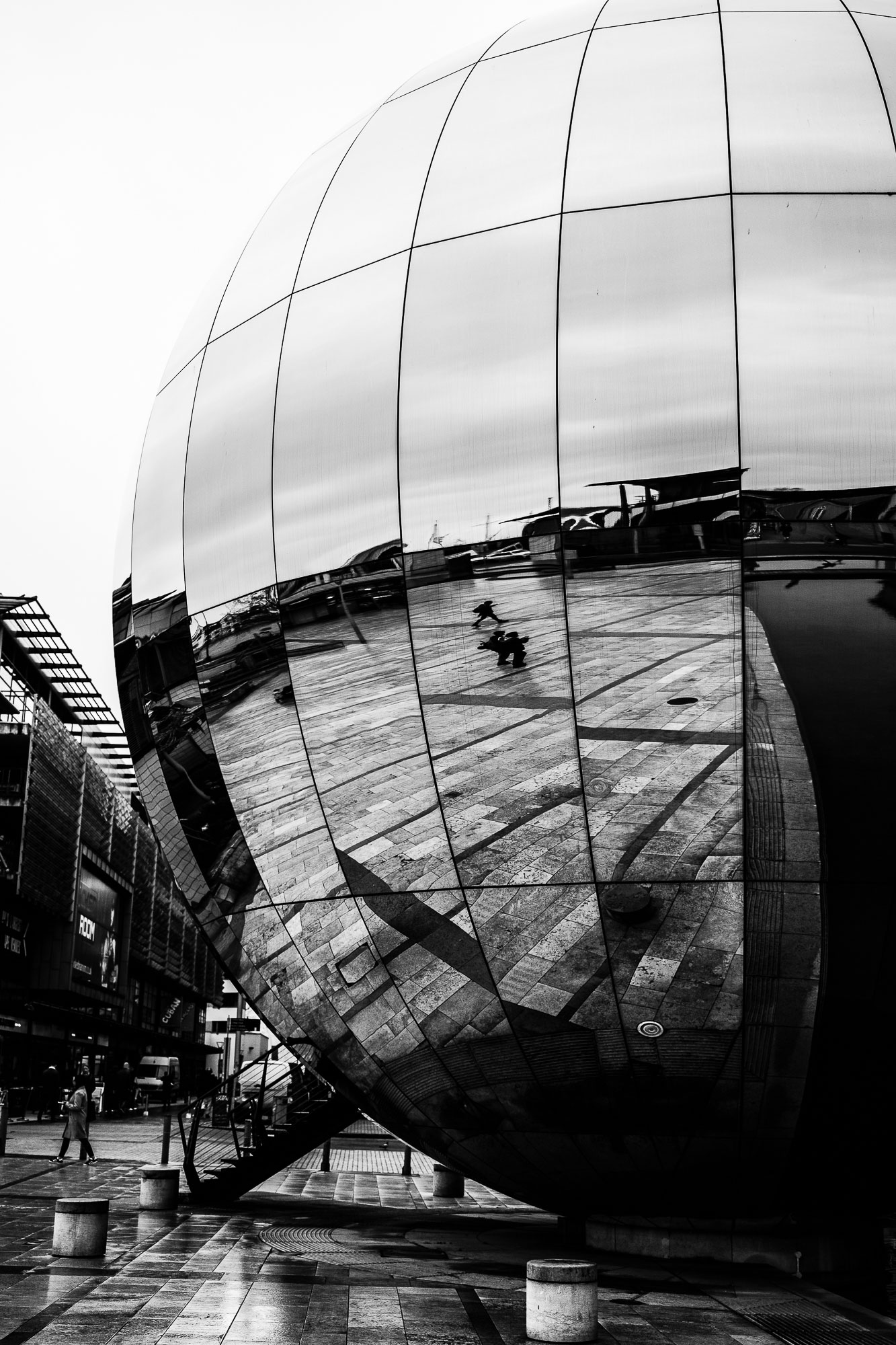
It’s surprising that Panasonic has swapped to dual SD/SDHC/SDXC UHS-II card slots in a camera designed for high-end video and cinematography. We were told that even for 6K capture it didn’t really warrant the newer and faster CFexpress card support in the S1 and S1R, and that this was only necessary for these cameras’ high-speed RAW capture (the S1R in particular, we presume). Panasonic says UHS-II SD cards are fast enough and that videographers will want identical card slots as they frequently use matched memory cards for shooting.
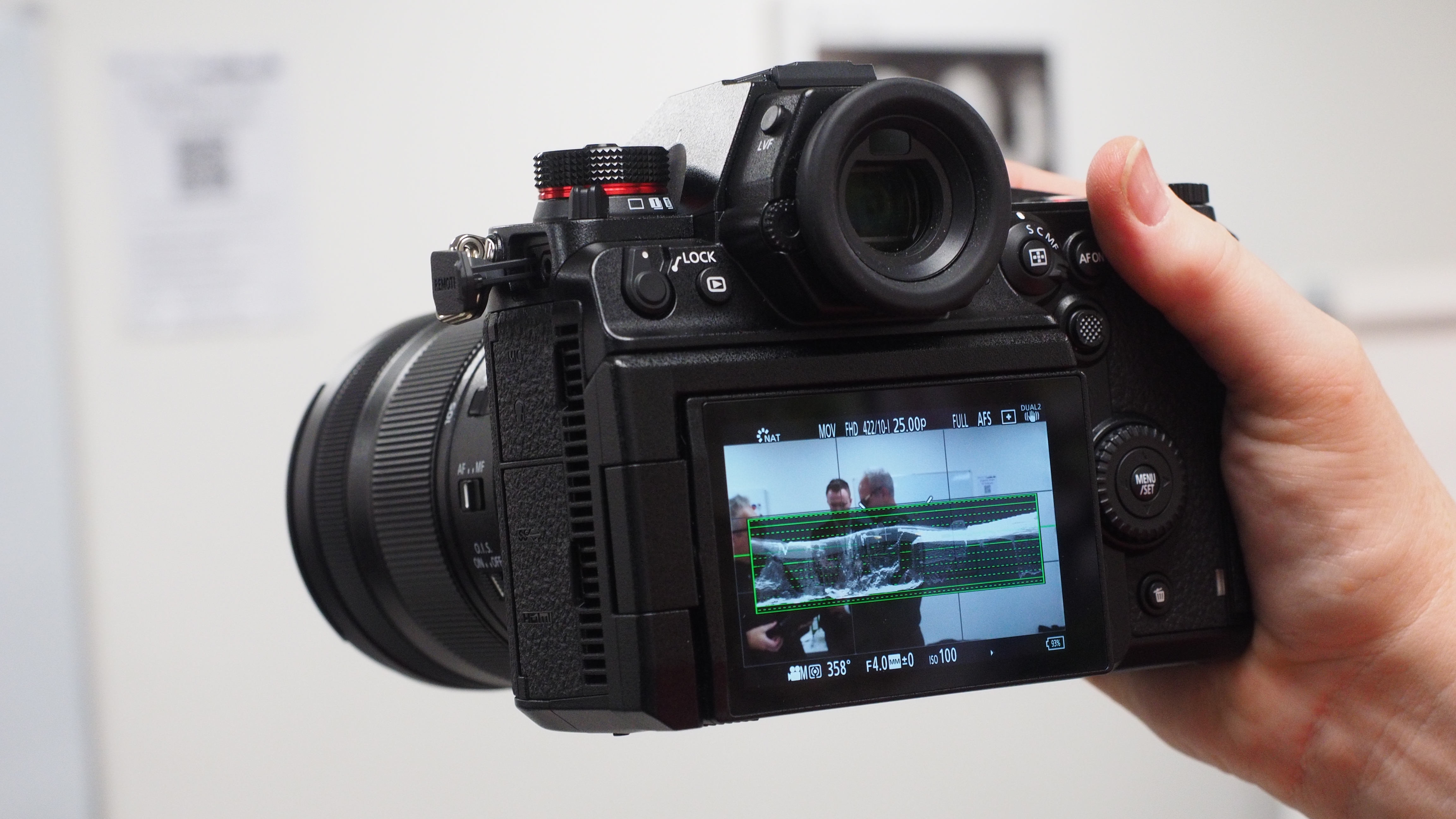
Video
As you would expect, the Lumix S1H produces great quality video, though it is a high-end tool aimed at video experts and there are A LOT of frame rate and resolution options that could get confusing if you don't keep your wits about you.
We also like the ability to customise the screen display to suit your cinematography style, for example with a widescreen crop and opaque surround.
The in-body image stabilization is great to have, and there's a big, chunky battery too – though with a modest life of 400 images (rear monitor) or 380 images (LVF), it's not quite up with the latest Sony Alpha models for endurance.
The S1H body and the 24-105mm f/4 lens we used for our tests feel super-solid, but this camera-lens combination is very, very heavy for handheld videography. It wouldn't balance on our DJI Ronin SC gimbal so you'd probably need the Ronin S or a heavier-duty two-handled rig.
The continuous autofocus gave us some trouble too, as you can see from our sample video footage above. It's possible we didn't find the optimum setup – there are a lot of options and then sensitivity options within those options again – but this and the camera's weight count against it for run and gun style shooting. It's best to think of the Lumix S1H as a portable, affordable cine camera – if it's a vlogging tool you want, you'd be better off with a Lumix GH5 or G90/95.
Lab tests
We compared the lab results from the Lumix S1H with those from three rivals: the Nikon Z 6, the Sony A7 III and, as a bit of a wildcard, the Sigma fp.
Resolution

With all of our comparison cameras packing ~24MP sensors, it's no surprise they all resolve comparable amounts of fine detail at low to medium ISO sensitivities. However, the S1H is less susceptible to image noise at higher sensitivities, resulting in extra detail capture relative to the Sony a7 III at ISO 6400 and above.
Dynamic range
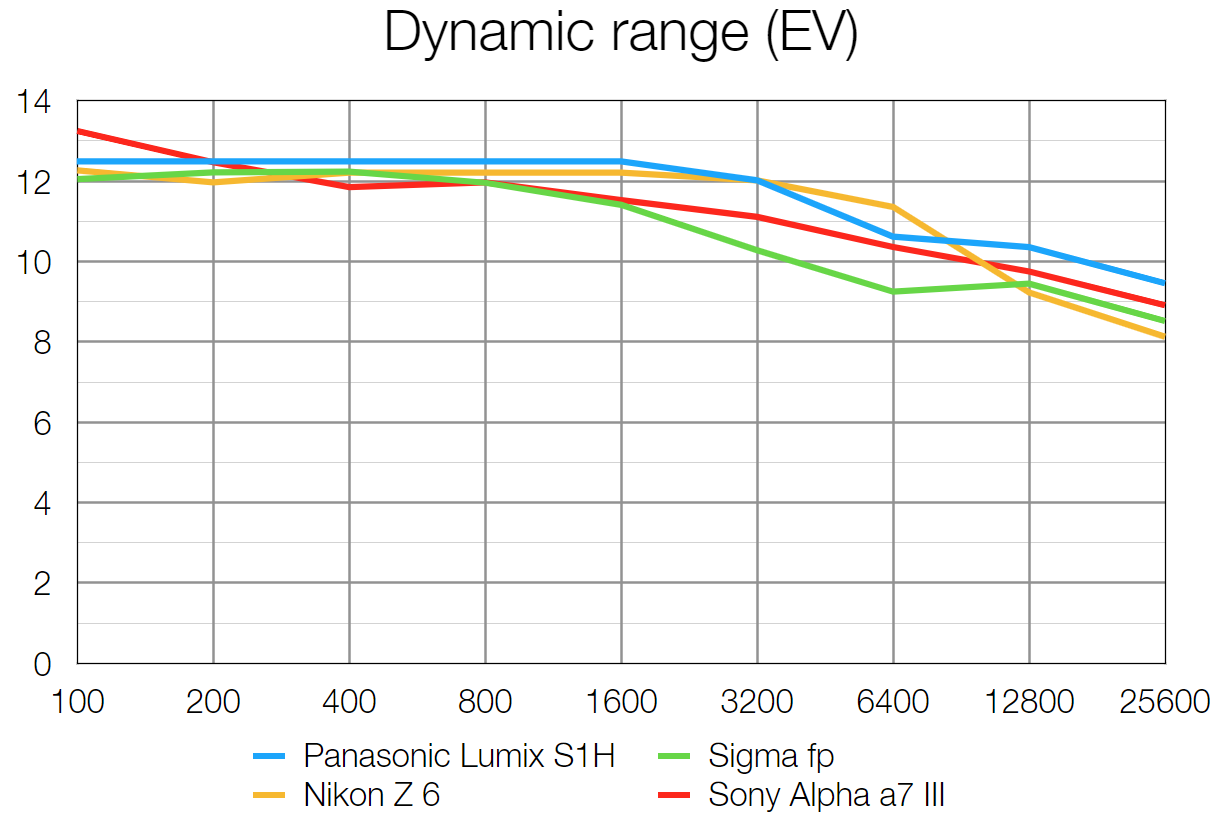
Stills dynamic range from the S1H is superb right through the sensitivity range. Only the Sony A7 III does better, but just at its base ISO. The S1H is one of the best cameras we've ever tested for dynamic range.
Signal to noise ratio
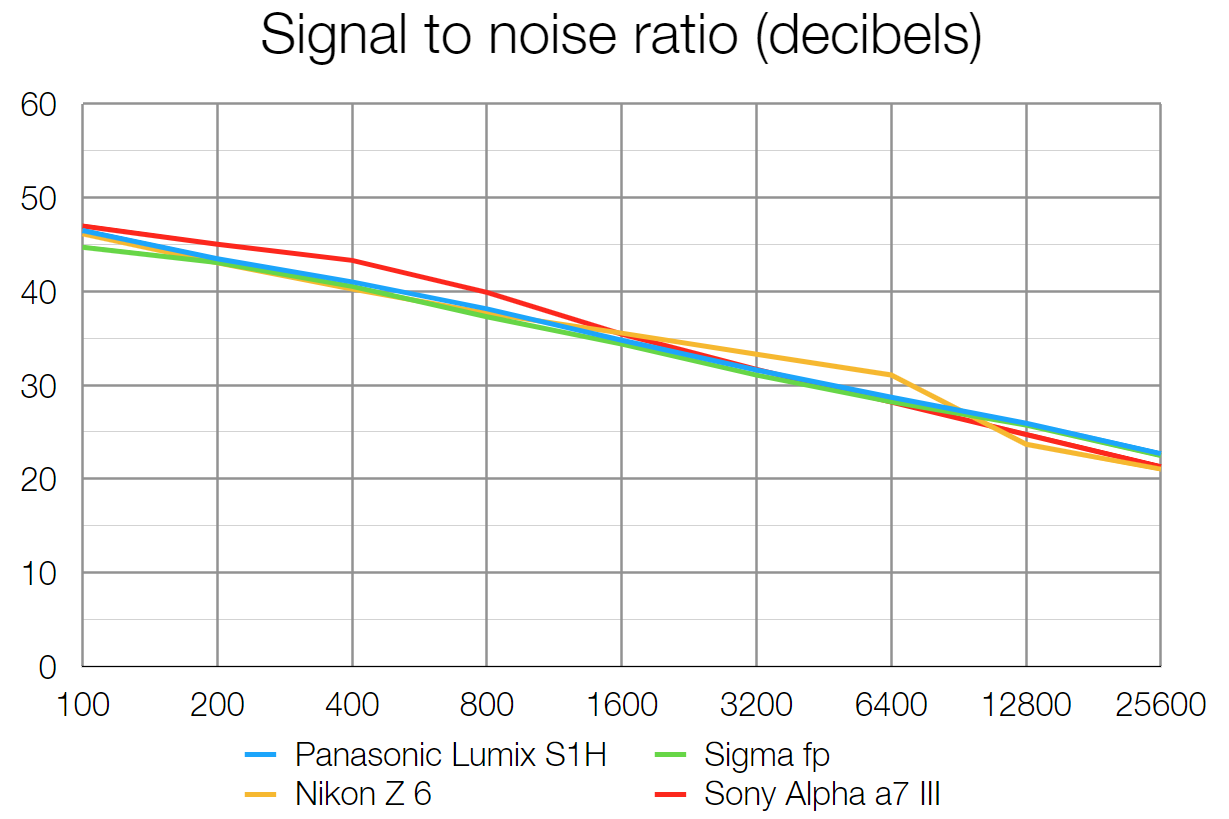
Our signal to noise test measures image clarity, specifically the ratio of the actual image 'data' you want to capture, versus the image noise that you don't want, but will inevitably be visible when shooting at higher ISO sensitivities. The higher the score at a given ISO sensitivity, the better.
In this test all four cameras perform very similarly, with the S1H putting in a near-identical performance to the Sigma fp. At ISO 12,800 and above, the Panasonic does produce slightly less noise than its rivals, which allows marginally more detail to be resolved.
Verdict
With the Lumix S1H, Panasonic has used its considerable video experience to bring many of its high-end VariCam features to the Lumix S range. The controls, the interface and certainly the hardware have been build for video and cinematography, and the fact it’s also a very serviceable 24MP stills camera is a bonus. But with the cheaper and smaller Fujifilm X-T3 also able to shoot 4K 60p 10-bit 4:2:0 (internal) and 4:2:2 (external) video and Blackmagic building raw video capture into its cameras, the S1H is only one of several options for higher-end video makers, and its size and weight do count against it for handheld video and vlogging.
Read more:
• Best L-mount lenses for Panasonic, Leica and Sigma mirrorless cameras
• The L-mount lens roadmap: Panasonic promises 42 lenses
• These are the best 4K cameras for filmmaking right now
• We round up the best cinema cameras on the market today
• How to choose the best mirrorless camera to buy

Rod is an independent photography journalist and editor, and a long-standing Digital Camera World contributor, having previously worked as DCW's Group Reviews editor. Before that he has been technique editor on N-Photo, Head of Testing for the photography division and Camera Channel editor on TechRadar, as well as contributing to many other publications. He has been writing about photography technique, photo editing and digital cameras since they first appeared, and before that began his career writing about film photography. He has used and reviewed practically every interchangeable lens camera launched in the past 20 years, from entry-level DSLRs to medium format cameras, together with lenses, tripods, gimbals, light meters, camera bags and more. Rod has his own camera gear blog at fotovolo.com but also writes about photo-editing applications and techniques at lifeafterphotoshop.com
